GeolinQ
Login to view prices
Click here to login or register

Worldwide Shipping From The Netherlands

100% Shipping Insurance on Damage and Loss

Experts in Import / Export / Tax and Duties

Premium Support from Product Experts

Buyers Protection and Warranty on all Products
Need Help? Call us!
+31 (0)35 205 7939
GeolinQ
Login to view prices
Click here to login or register
| Solution | Tenants | SSD Storage | CPU | Memory | Price per month |
|---|---|---|---|---|---|
| Start | 1 | 10 Gb | Shared | Shared | € 395,00 |
| Small | Max.3 | 120 Gb | 4 Cores | 8 Gb | € 975,00 |
| Medium | Max.5 | 480 Gb | 4 Cores | 8 Gb | € 1.850,00 |
| Large | Max.10 | 1.280 Gb | 8 Cores | 64 Gb | € 3.450,00 |
RECOMMENDED DATA COLLECTORS:
Click here to login or register
Click here to login or register
Click here to login or register
Click here to login or register
Click here to login or register
RECOMMENDED SOFTWARE:
Click here to login or register
Click here to login or register
Click here to login or register
Click here to login or register
Click here to login or register
Click here to login or register
RECOMMENDED ACCESSORIES:
Click here to login or register
Click here to login or register
Click here to login or register
Click here to login or register
Click here to login or register
Click here to login or register

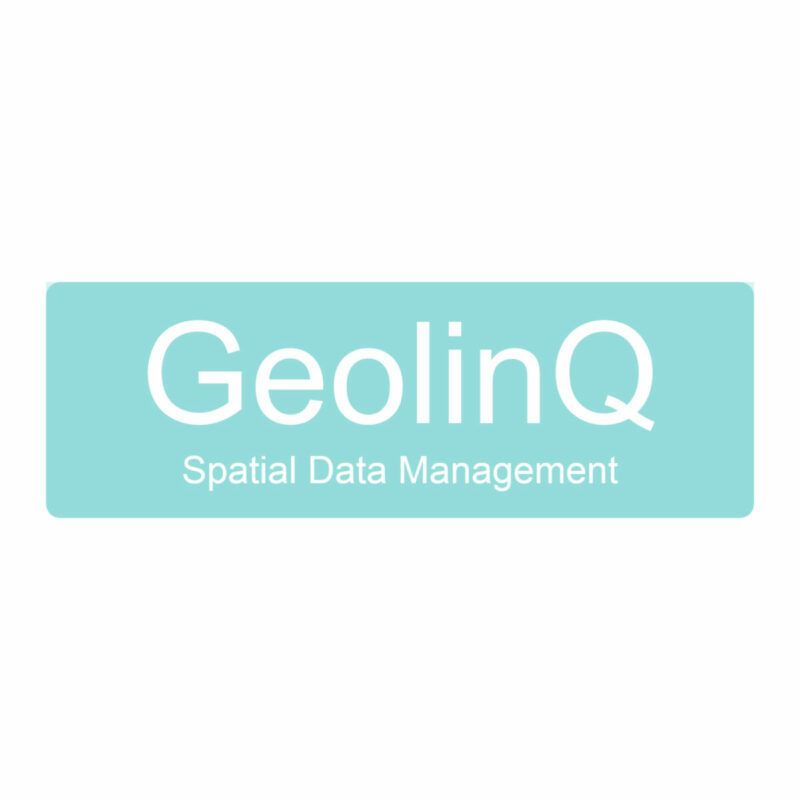

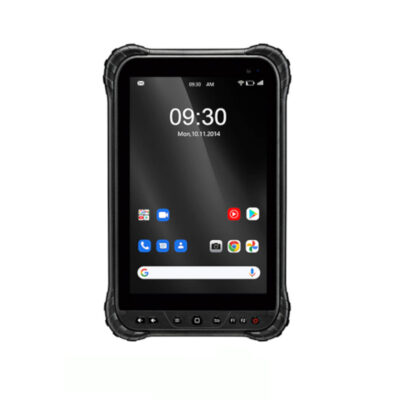

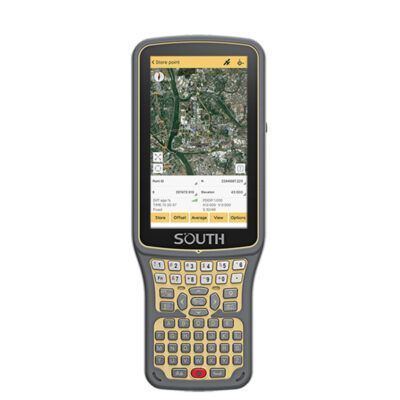
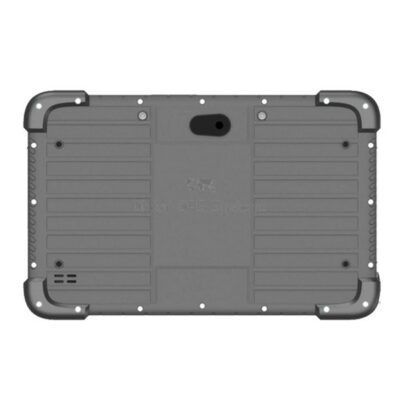
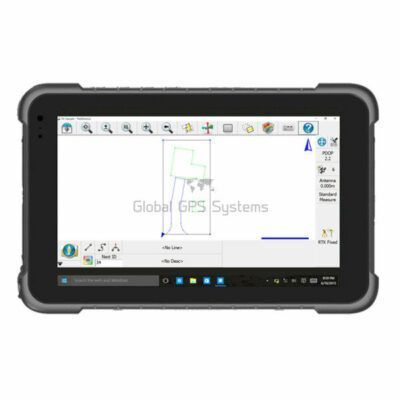
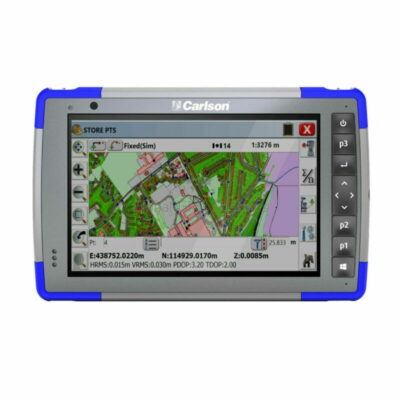
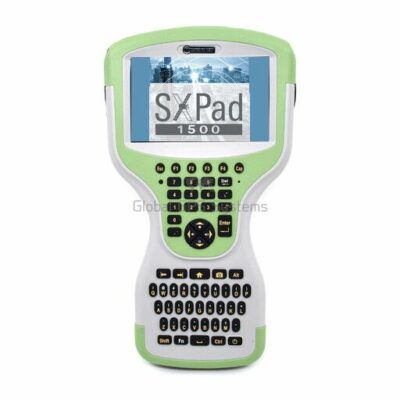
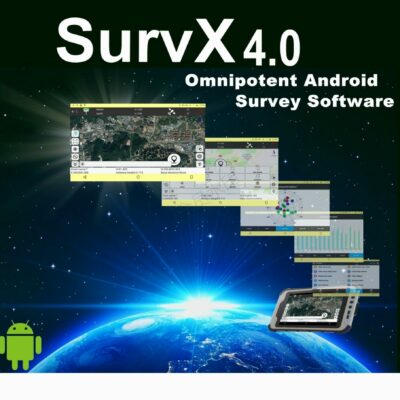
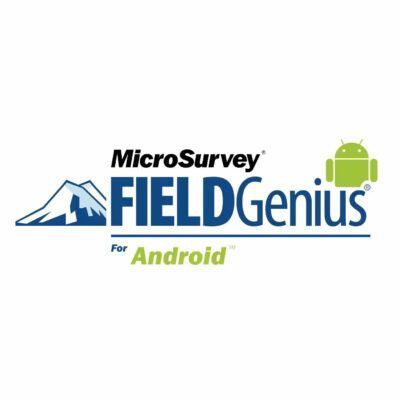


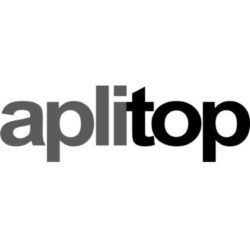

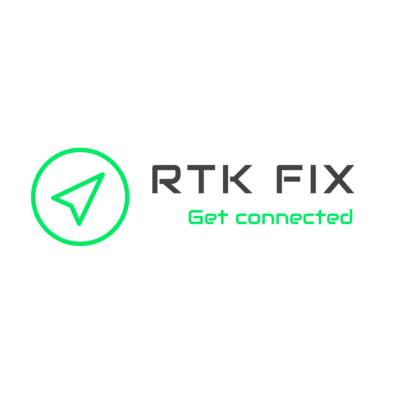
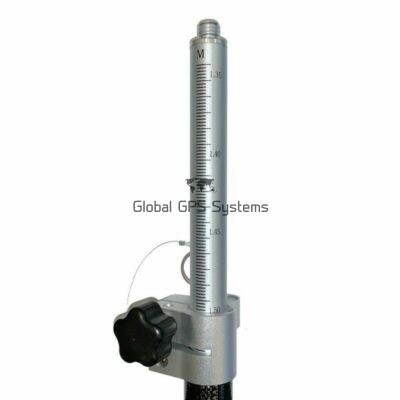
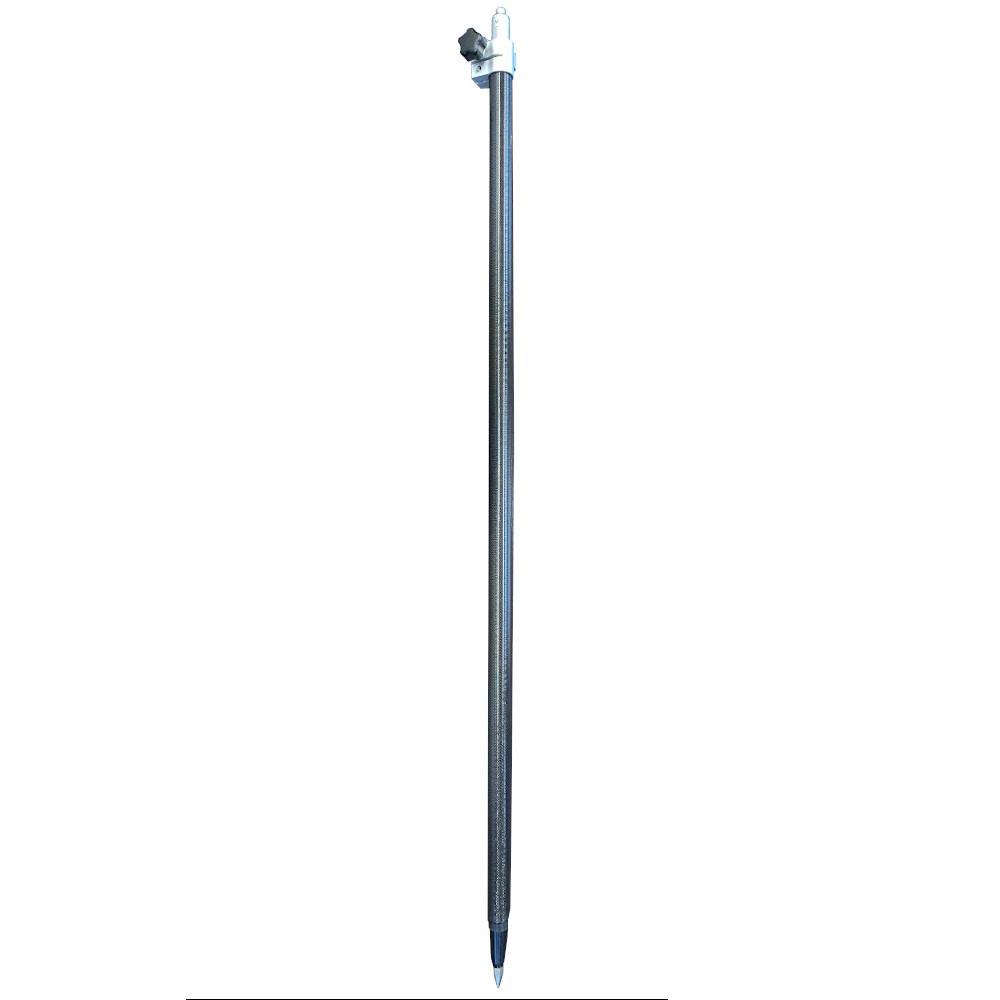


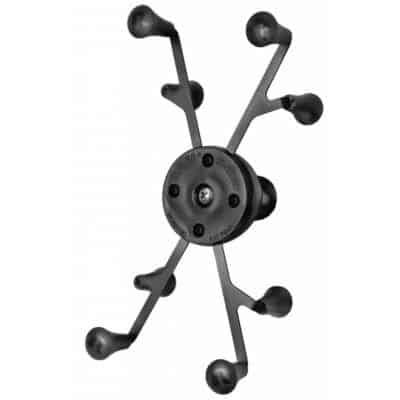
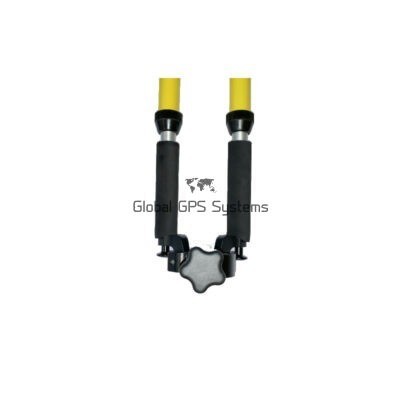
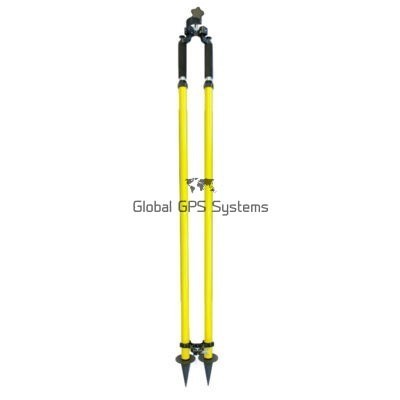






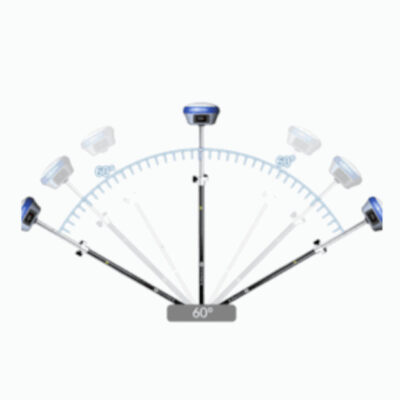

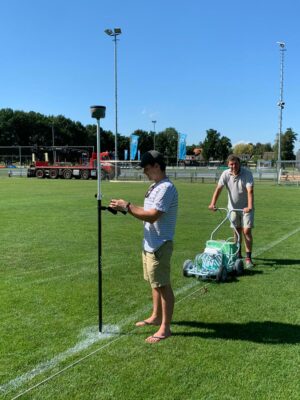

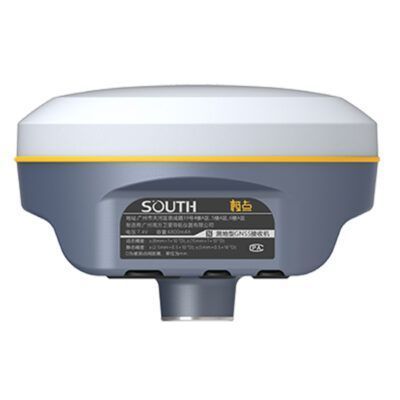
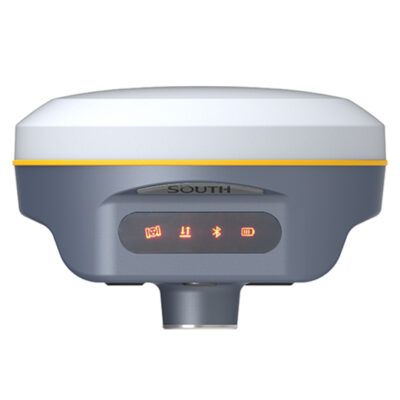

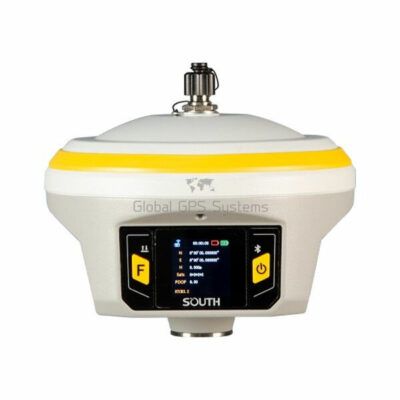
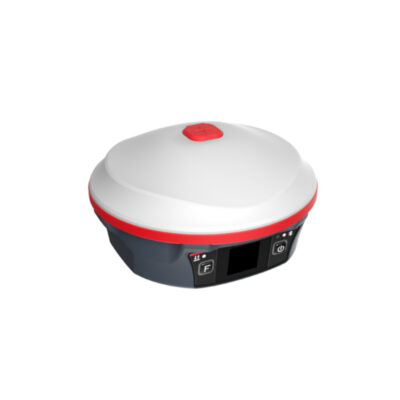
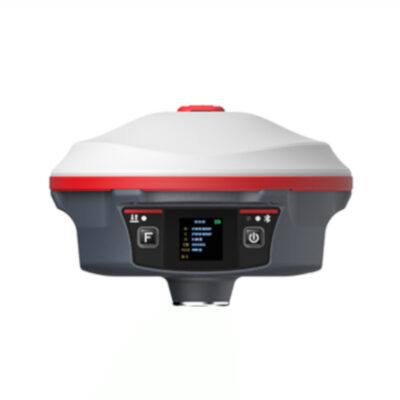
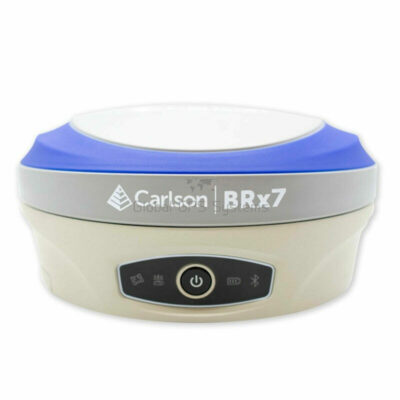


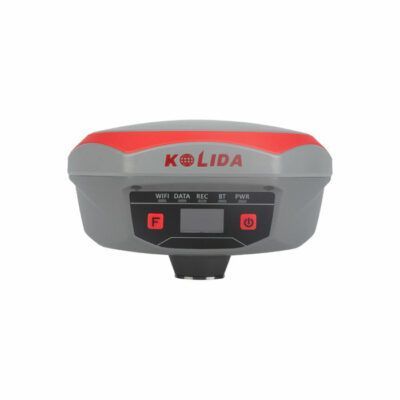
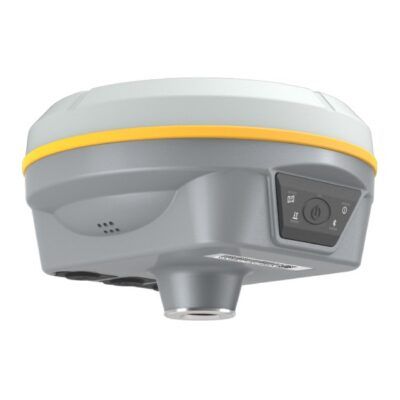
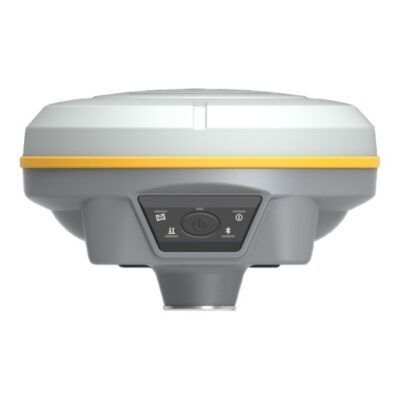
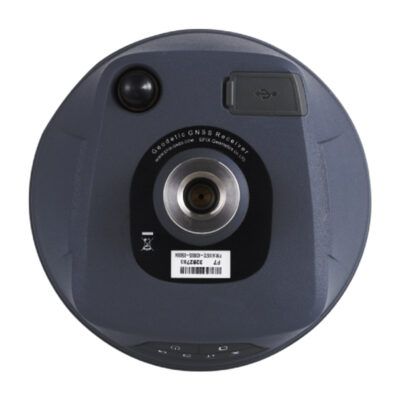
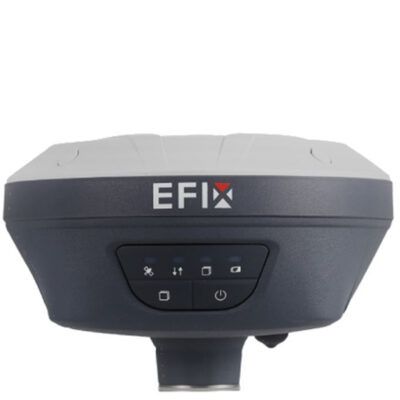
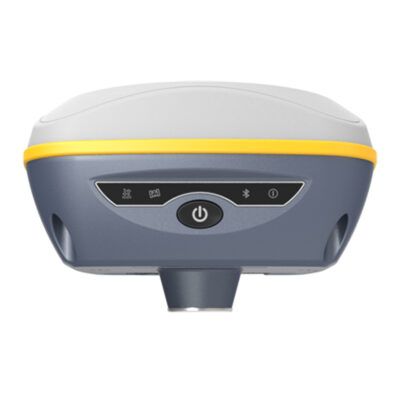
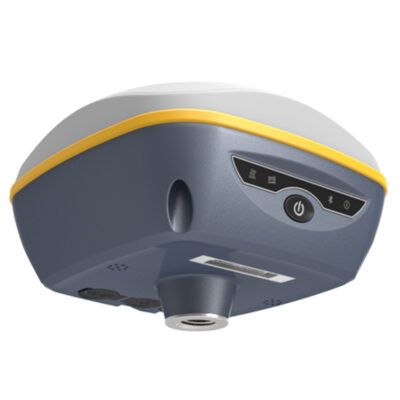
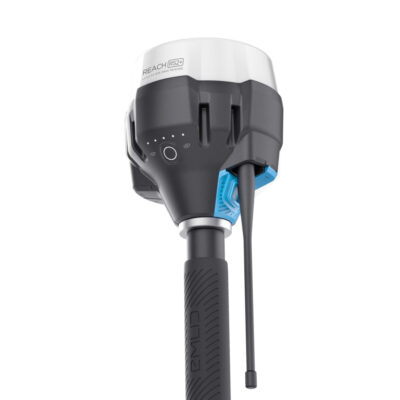
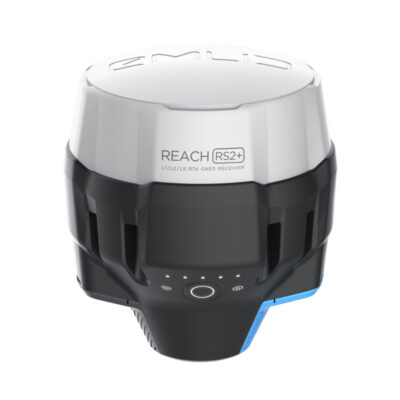
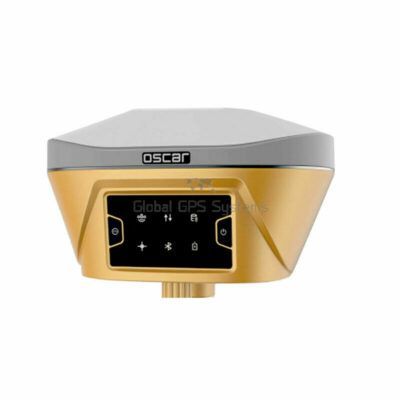
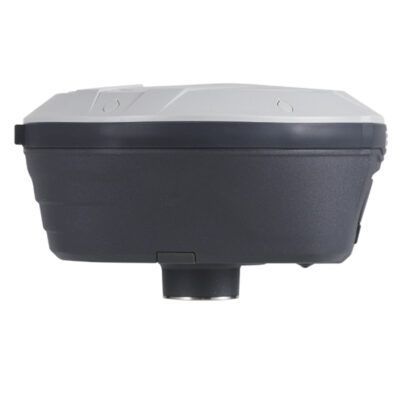



Reviews
There are no reviews yet.